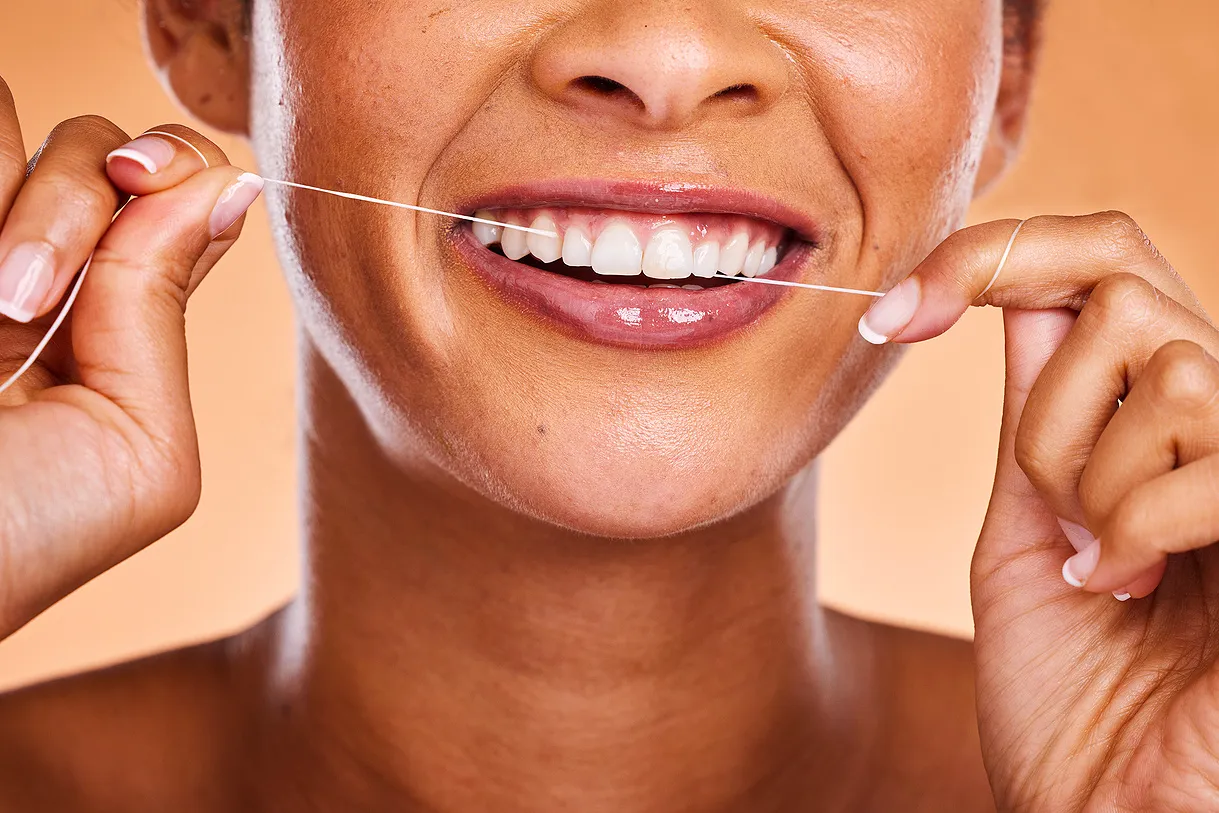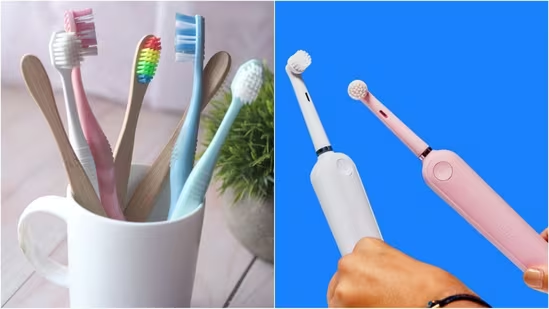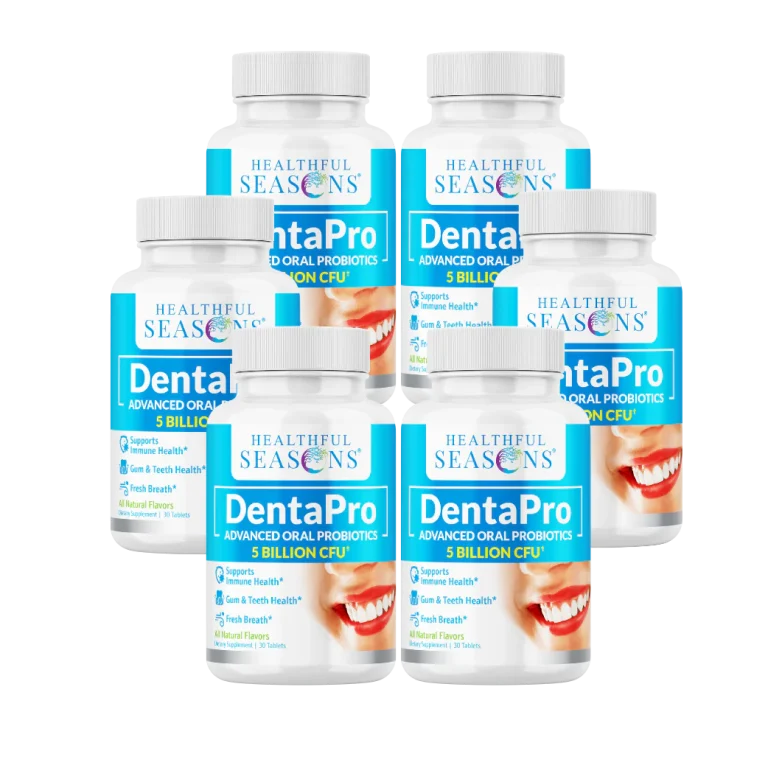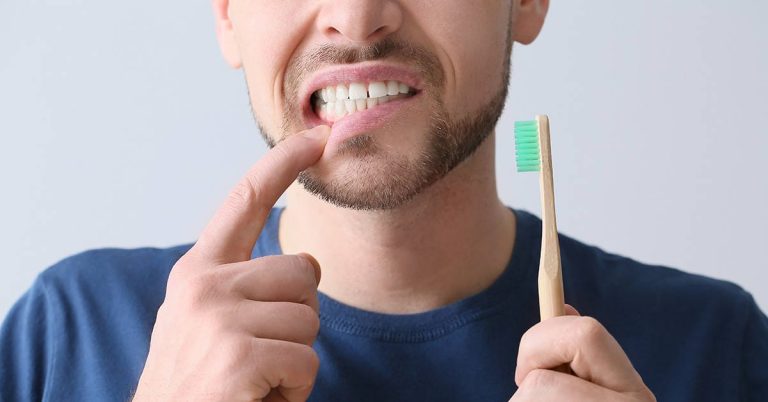Proper Flossing Techniques: Maximizing Your Oral Health Routine
Let’s be real—flossing is one of those things we all know we should do, but it’s easy to skip when life gets busy. Maybe you’ve even convinced yourself that brushing alone is enough to keep your teeth in tip-top shape. But here’s the thing: flossing is like the secret sauce of oral health. It gets into those tight spaces your toothbrush can’t reach, removing plaque and food particles that could lead to cavities, gum disease, or even bad breath.
The problem? Most of us aren’t flossing the right way. Maybe you’re rushing through it, snapping the floss too hard, or just plain avoiding it because it feels awkward. Sound familiar? Don’t worry—you’re not alone. The good news is, with a little know-how, you can turn flossing into a quick, effective part of your daily routine.
In this guide, we’ll walk you through everything you need to know about proper flossing techniques, from the basics to pro tips. Whether you’re a flossing newbie or just looking to up your game, we’ve got you covered. Ready to give your oral health routine a serious upgrade? Let’s dive in!
Step-by-Step Guide to Correct Flossing Technique
Alright, let’s get down to the nitty-gritty: how to floss like a pro. It’s not rocket science, but there’s definitely a right way to do it. Follow these steps, and you’ll be flossing like a dentist in no time.
Start with the Right Amount of Floss
- Tear off about 18 inches of floss. (Yes, that’s longer than you think you need!)
- Wind most of it around one middle finger, and the rest around the opposite middle finger. This gives you a clean section to work with as you move from tooth to tooth.
Hold It Right
- Use your thumbs and index fingers to guide the floss. Keep a firm grip, but don’t strangle it—gentle is the name of the game here.
Slide, Don’t Snap
- Gently guide the floss between your teeth using a back-and-forth motion. Avoid snapping it down, which can irritate your gums. Think of it as easing the floss into place, not forcing it.
Form a C-Shape
- Once the floss is between your teeth, curve it into a C-shape around one tooth. This helps the floss hug the tooth and get below the gumline, where plaque loves to hide.
Move Up and Down
- Slide the floss up and down against the side of the tooth, making sure to go just below the gumline. Repeat this motion a few times to really clean the area.
Switch It Up
- As you move to the next tooth, unwind a fresh section of floss from one finger and wind the used floss onto the other finger. This keeps things clean and effective.
Don’t Forget the Back Teeth
- It’s easy to focus on the front teeth, but your molars need love too! Use the same technique to clean the sides of your back teeth—they’re just as important.
Pro Tip: If you’re struggling with traditional floss, try a floss pick or water flosser. They can make the process easier, especially if you have braces or limited dexterity.
Remember, flossing shouldn’t hurt. If your gums bleed or feel sore, it could be a sign you’re being too rough or that you have early gum disease. Either way, it’s worth mentioning to your dentist at your next check-up.
Now that you’ve got the basics down, let’s talk about some common mistakes people make—and how to avoid them.
Common Flossing Mistakes and How to Avoid Them
Even if you’ve been flossing for years, you might be making a few mistakes that are holding you back from getting the most out of your oral health routine. Don’t worry—it happens to the best of us. Here are some of the most common flossing blunders and how to fix them.
Snapping the Floss
- The Mistake: Jamming the floss down between your teeth with too much force.
- Why It’s Bad: This can damage your gums, causing irritation, bleeding, or even recession over time.
- The Fix: Use a gentle back-and-forth motion to ease the floss between your teeth. Your gums will thank you!
Skipping the Gumline
- The Mistake: Only cleaning between the teeth and not going below the gumline.
- Why It’s Bad: Plaque and bacteria love to hang out just under the gums, which can lead to gum disease if left unchecked.
- The Fix: Curve the floss into a C-shape and gently slide it below the gumline to remove hidden debris.
Reusing the Same Section of Floss
- The Mistake: Using the same piece of floss for your entire mouth.
- Why It’s Bad: You’re just spreading bacteria from one tooth to another. Yuck!
- The Fix: Unwind a fresh section of floss as you move from tooth to tooth.
Rushing Through It
- The Mistake: Treating flossing like a race to the finish line.
- Why It’s Bad: You’re likely missing spots or not cleaning thoroughly enough.
- The Fix: Take your time! Proper flossing should take about 2-3 minutes. Think of it as a mini spa treatment for your teeth.
Ignoring the Back Teeth
- The Mistake: Focusing only on the front teeth because they’re easier to reach.
- Why It’s Bad: Your molars are just as prone to cavities and gum disease, if not more so.
- The Fix: Make a conscious effort to floss your back teeth every time. If it’s tricky, try using a floss pick for better reach.
Flossing Too Hard
- The Mistake: Pressing the floss too hard against your gums.
- Why It’s Bad: This can cause gum irritation, bleeding, and even long-term damage.
- The Fix: Be gentle! Flossing should feel like a massage, not a workout.
By avoiding these common pitfalls, you’ll not only make flossing more effective but also more comfortable. And hey, if you’ve been guilty of any of these, don’t sweat it—now you know better!
Next up, let’s talk about the different types of floss and how to choose the right one for your needs.
Different Types of Floss and Their Specific Uses
Not all floss is created equal. In fact, there are more options out there than you might realize—and choosing the right one can make a world of difference in your oral health routine. Whether you have braces, sensitive gums, or just want something that’s easy to use, there’s a floss for you. Let’s break it down.
1. Waxed vs. Unwaxed Floss
- Waxed Floss: This type of floss has a thin coating of wax, making it smoother and easier to slide between tight teeth.
- Best for: People with closely spaced teeth or those who find unwaxed floss gets stuck or shreds easily.
- Unwaxed Floss: Made of nylon fibers twisted together, this floss is thinner and can be more effective at removing plaque.
- Best for: Those with wider gaps between their teeth or who prefer a more natural feel.
2. Dental Tape
- Dental tape is broader and flatter than traditional floss, making it gentler on the gums.
- Best for: People with sensitive gums or larger spaces between their teeth.
3. Super Floss
- This specialized floss has three components: a stiff end for threading, a spongy section for cleaning around appliances, and regular floss for standard cleaning.
- Best for: Those with braces, bridges, or dental implants.
4. Floss Picks
- Floss picks are small, disposable tools with a piece of floss stretched between two prongs. They’re easy to hold and great for on-the-go use.
- Best for: Busy folks, kids, or anyone who struggles with traditional flossing techniques.
5. Water Flossers
- Water flossers use a stream of water to clean between teeth and below the gumline. They’re highly effective and gentle on the gums.
- Best for: People with braces, implants, or those who find traditional flossing uncomfortable.
6. Biodegradable Floss
- Made from eco-friendly materials like silk or plant-based fibers, this floss is a great option for the environmentally conscious.
- Best for: Anyone looking to reduce their environmental footprint without sacrificing oral health.
How to Choose the Right Floss for You
- Consider Your Teeth: Do you have tight spaces, sensitive gums, or dental work like braces? Pick a floss that suits your specific needs.
- Think About Convenience: If you’re always on the go, floss picks or a water flosser might be your best bet.
- Don’t Be Afraid to Experiment: It’s okay to try a few different types before finding the one that feels right.
Pro Tip: If you’re unsure which floss is best for you, ask your dentist at your next visit. They can recommend options tailored to your unique dental needs.
Now that you’ve got the lowdown on floss types, let’s tackle another big question: How often should you floss, and when’s the best time to do it?
Frequency and Timing of Flossing for Optimal Oral Health
Let’s settle the debate once and for all: How often should you floss, and when’s the best time to do it? Spoiler alert: There’s no one-size-fits-all answer, but we’ve got the scoop to help you figure out what works best for your smile.
How Often Should You Floss?
The American Dental Association (ADA) recommends flossing at least once a day. Why? Because plaque—the sticky film of bacteria that forms on your teeth—hardens into tartar within 24-48 hours. Once it becomes tartar, only a dental professional can remove it. Flossing daily helps break up that plaque before it gets out of hand.
But here’s the thing: If you’re only flossing once a week (or, let’s be honest, just before your dental appointment), you’re not doing enough. Think of it like this: Would you only wash your hair once a week and expect it to look great? Probably not. Your teeth deserve the same level of care.
When’s the Best Time to Floss?
The timing of your flossing routine can make a difference, too. Here are the pros and cons of flossing at different times of the day:
Morning Flossing
- Pros: Gets rid of any bacteria that built up overnight and freshens your breath for the day ahead.
- Cons: If you eat breakfast afterward, food particles can get stuck between your teeth, undoing your hard work.
Nighttime Flossing
- Pros: Removes the day’s buildup of plaque and food particles, giving your mouth a clean slate overnight.
- Cons: If you’re exhausted, you might be tempted to skip it. (We’ve all been there!)
After Meals
- Pros: Helps dislodge food particles right away, reducing the risk of plaque formation.
- Cons: It’s not always practical to carry floss with you, and over-flossing can irritate your gums.
So, what’s the verdict? Most dentists agree that flossing at night is the gold standard. It ensures your mouth is clean before bed, which is when saliva production decreases, making your teeth more vulnerable to bacteria.
Bonus Tips for Consistency
- Make It a Habit: Tie flossing to another daily routine, like brushing your teeth or washing your face.
- Set a Reminder: Use your phone or a sticky note to remind yourself until it becomes second nature.
- Keep Floss Handy: Stash floss in your car, desk, or bag so you’re never without it.
What If Your Gums Bleed?
If your gums bleed when you floss, don’t panic—but don’t ignore it, either. Bleeding gums can be a sign of gingivitis (early gum disease) or simply that you’re being too rough. If the bleeding persists after a week of gentle, consistent flossing, it’s time to see your dentist.
By now, you’ve got all the tools you need to floss like a pro. But before we wrap up, let’s recap why this little habit is such a big deal for your oral health.
Conclusion
Flossing might seem like a small part of your daily routine, but it packs a powerful punch when it comes to keeping your smile healthy and bright. From preventing cavities and gum disease to freshening your breath, proper flossing techniques can make all the difference.
We’ve walked you through the step-by-step process, highlighted common mistakes to avoid, explored the different types of floss, and even tackled the when-and-how-often questions. Now, it’s up to you to put these tips into action.
Remember, flossing isn’t just about ticking a box—it’s about taking care of your teeth and gums for the long haul. So, whether you’re a flossing newbie or a seasoned pro looking to up your game, there’s no better time to start than now.
Ready to take the next step? Schedule a check-up with your dentist to make sure your oral health is on track. And if you haven’t already, grab a pack of floss (or try a water flosser!) and make it a daily habit. Your smile will thank you.
Got questions or tips of your own? Share them in the comments below—we’d love to hear from you!
FAQs
Why is flossing so important?
Flossing removes plaque and food particles from between teeth and below the gumline, areas your toothbrush can’t reach, preventing cavities and gum disease.
How much floss should I use?
Use about 18 inches of floss, winding most around one middle finger and the rest around the other to have a clean section as you move between teeth.
What’s the correct technique for flossing between teeth?
Gently slide the floss between your teeth using a back-and-forth motion. Once the floss is between your teeth, curve it into a C-shape around one tooth, slide the floss up and down against the side of the tooth, making sure to go just below the gumline.
Is it normal for my gums to bleed when I floss?
Bleeding can indicate gingivitis (early gum disease) or overly aggressive flossing. If bleeding persists after a week of gentle, consistent flossing, consult your dentist.
What if I find traditional floss difficult to use?
Consider using floss picks or a water flosser, which can be easier to handle, especially if you have braces or limited dexterity.
What are the common flossing mistakes I should avoid?
Avoid snapping the floss, skipping the gumline, reusing the same section of floss, rushing the process, and ignoring the back teeth.
What type of floss should I use?
Choose floss based on your needs: waxed for tight spaces, unwaxed for wider gaps, dental tape for sensitive gums, super floss for braces, floss picks for convenience, or a water flosser for a gentle approach.
How often should I floss?
Floss at least once a day to remove plaque before it hardens into tartar.
When is the best time to floss?
Flossing at night is generally recommended to clean your mouth before bed, when saliva production decreases.
Can flossing really make a difference in my oral health?
Yes! Proper flossing significantly reduces the risk of cavities, gum disease, and bad breath, contributing to a healthier and brighter smile.







